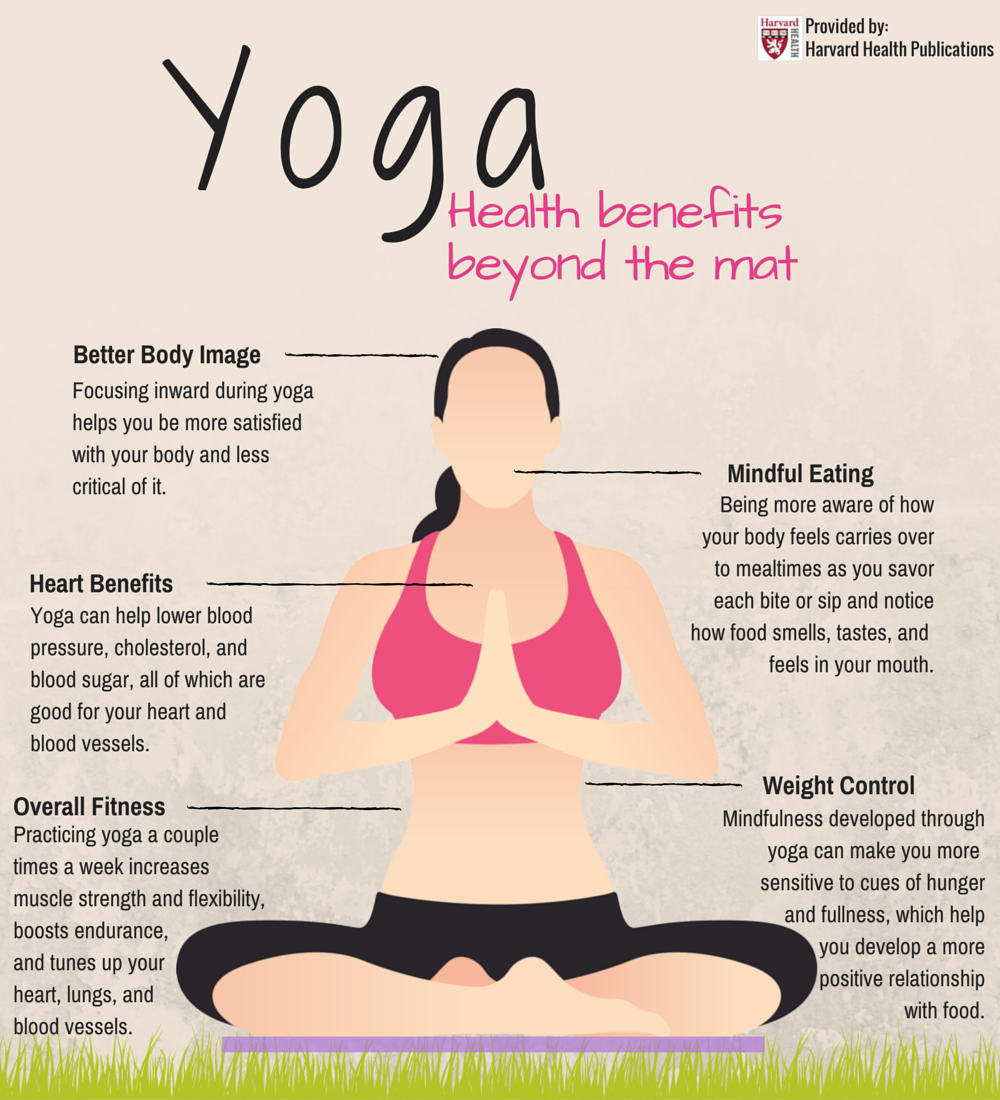Benefits of Yoga Analysis
Yoga isn’t just a physical exercise—it’s a way of life, a belief system, and, for many, a source of support. For centuries, yoga has been practiced as a means to alleviate stress and enhance physical strength, eventually becoming a worldwide phenomenon. I recall my initial yoga experience: as a skeptical 30-something, I anticipated a room filled with incense and chanting. Instead, I discovered a serene environment where my aching joints and racing thoughts finally found some respite. This article delves into the numerous advantages of practicing yoga, supported by scientific research, personal anecdotes, and practical advice to help you comprehend why it’s worth dedicating time to your yoga practice.
Yoga is a practice that involves physical poses, breathing techniques, and meditation. It matters because it can improve your health, well-being, and happiness.
Yoga, originating from the Sanskrit word yuj, which means “to unite,” is a comprehensive practice that integrates physical postures (asanas), breath control (pranayama), and meditation. It’s not just about contorting into a pretzel, it’s about harmonizing body, mind, and spirit. Whether you’re a busy professional or a fitness enthusiast, yoga caters to the needs of individuals from all walks of life. Its advantages are supported by numerous scientific studies, making it a popular choice among individuals seeking wellness worldwide.
The origin of yoga in ancient times.
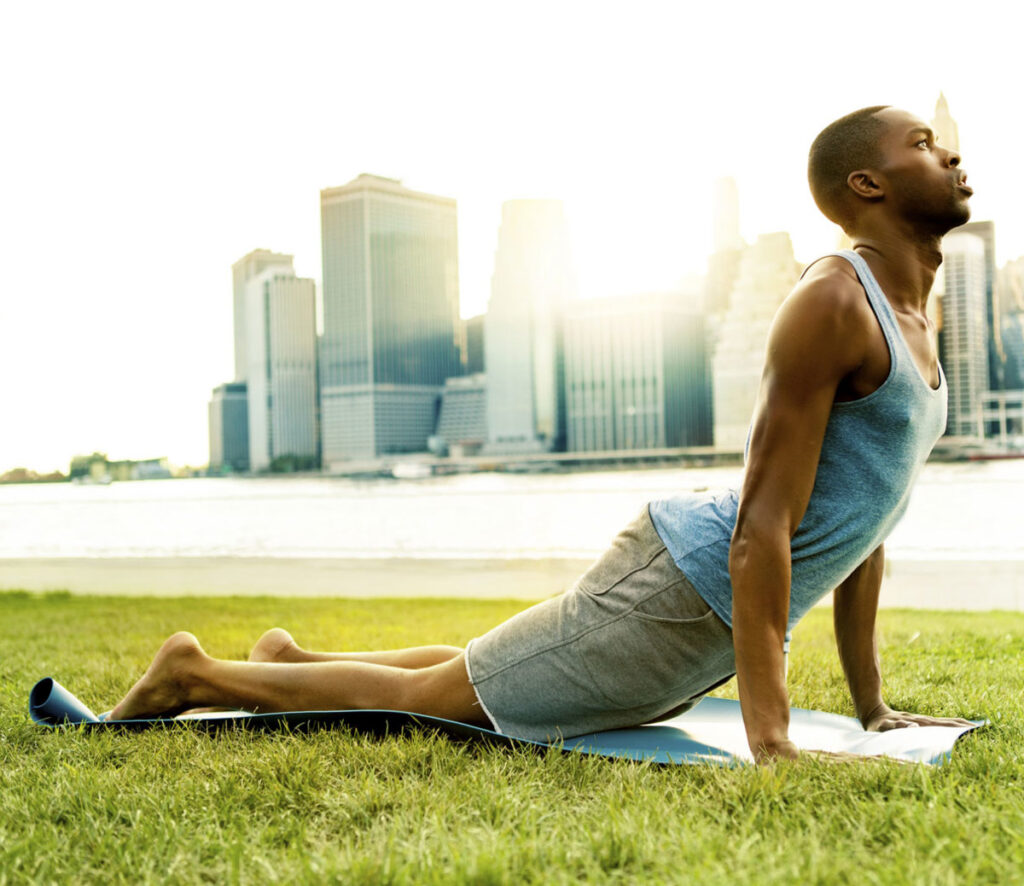
Originating in ancient India more than 5,000 years ago, yoga was initially a spiritual practice aimed at attaining enlightenment. Today, it’s a combination of old-fashioned customs and contemporary elements, available to everyone. This extensive history adds a special dimension to yoga, transforming it from a mere physical activity into a profound exploration of self.
The practice of yoga in the contemporary world.
From heated yoga studios to virtual classes, yoga has adjusted to accommodate the demands of busy schedules. The increasing popularity of yoga is not a coincidence, as mental health issues are on the rise, and yoga’s ability to soothe the mind while enhancing physical strength is a game-changer. It’s no surprise that millions are captivated.
Physical advantages of yoga: a fitter, more robust you.
The physical advantages of yoga are undeniable, as it gradually transforms bodies through each pose. Whether your goal is to strengthen your muscles, improve your flexibility, or aid in injury recovery, yoga is the perfect solution.
Enhanced suppleness and range of motion.
Have you ever experienced a sensation where your body feels as rigid as a wooden plank? Yoga gradually elongates muscles and joints, enhancing flexibility gradually. According to a study published in the journal of physical therapy science in 2016, individuals who practiced yoga for eight weeks experienced a notable improvement in their range of motion. My hamstrings, which were previously as tight as a drum, now express gratitude to me after every downward dog.
Improved muscle power and definition.
Contrary to its serene appearance, yoga is a powerful form of exercise that enhances strength. Poses such as plank and warrior target the core, arms, and legs, providing a full-body workout. Unlike intense weightlifting, yoga employs body weight as resistance, shaping lean muscles without excessive bulk. It’s like sneaking in a workout while meditating.
Improved posture and positioning.
Poor posture while sitting at a desk for extended periods of time? Yoga improves posture by fortifying the back and abdominal muscles. Poses such as mountain and tree pose help improve alignment, which in turn helps alleviate back pain. I used to slouch like a quasimodo, but after a few months of practicing yoga, I now stand taller and feel more self-assured.
Pain alleviation and injury avoidance.

The soothing and fluid motions of yoga can alleviate chronic discomfort, particularly in the back and joints. A 2017 study conducted by the Cochrane organization concluded that practicing yoga can provide relief for individuals experiencing lower back pain. It’s also a gentle way to avoid injuries by enhancing balance and coordination, ideal for both athletes and older individuals.
Improved heart function.
Some yoga styles, such as vinyasa or ashtanga, can elevate your heart rate. Research, such as a study conducted by the american heart association in 2013, demonstrates that practicing yoga can effectively reduce blood pressure and cholesterol levels. It’s not a long-distance race, but it’s a beneficial practice you can maintain throughout your entire life.
Physical advantage.
The Benefits of Yoga
Suggestions for Stunning Poses
Adaptability:
Stretching exercises elongate muscles and joints, enhancing flexibility.
Downward dog, forward fold.
Strength:
Utilizes body mass to construct lean muscle.
Plank, warrior ii.
Posture:
Enhances abdominal and back muscles for improved posture.
Mountain pose, tree pose.
Pain alleviation.
Alleviates long-term discomfort via mild activity.
Child’s pose, cat-cow.
The article discusses the importance of cardiovascular health and the impact of lifestyle factors on heart disease.
Elevates pulse rate in lively manners, diminishes circulatory strain.
Sun Salutations, Vinyasa Flow.
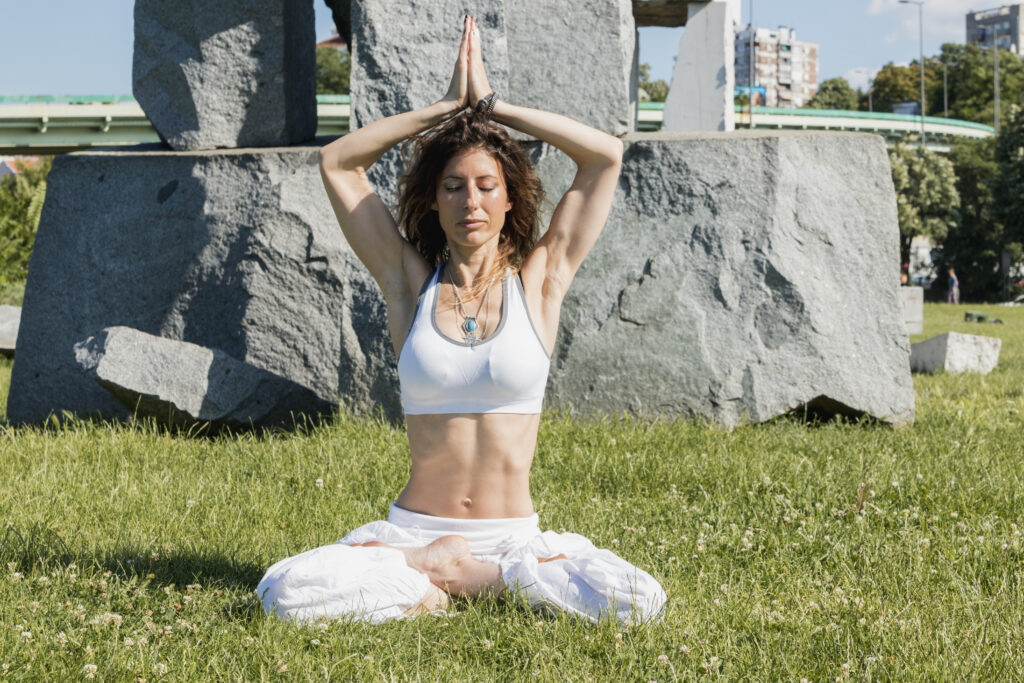
Mental wellbeing advantages: discovering tranquility in the turmoil.
In a world that seems to be constantly moving at a rapid pace, yoga serves as a means to momentarily halt the fast-forward button. Its mental health advantages are a lifeline for many, including me during a particularly demanding career phase.
Meditation and yoga.
Yoga’s intentional breathing and mindfulness practices help to reduce cortisol levels, the hormone associated with stress. A study conducted in 2018 in the field of immunology demonstrated that practicing yoga can lower stress markers in the body. After a challenging day, a brief savasana session feels like a mini-vacation for your mind.
Enhanced concentration and mental clarity.
Struggling to Stay Focused? This Guide Can Help! Yoga cultivates mental focus through meditation and breathwork. Performing poses like balancing eagle demands intense focus, enabling you to block out any distractions. I’ve observed a significant increase in my efficiency since commencing yoga.
How to Cope with Stress and Sadness.
The integration of physical activity and mental focus in yoga can alleviate symptoms of anxiety and depression. According to a study published in 2020 in the Journal of Psychiatric Practice, yoga was found to be as effective as certain medications for individuals with mild depression. It’s not a solution, but it’s a valuable resource to enhance your emotional well-being.
Improved sleep duration.
Difficulty Falling Asleep? Practicing yoga induces a state of calmness, facilitating quicker sleep onset. A study published in a 2015 issue of a clinical sleep medicine journal found that practicing yoga can lead to better sleep quality in individuals who struggle with insomnia. A soothing evening breeze has become my preferred remedy for sleepless nights.

Mental health advantage.
Yoga and its Benefits
Best practices.
Relaxation techniques.
Reduces stress hormone by practicing breathing and calming techniques.
Savasana, guided meditation.
Attention:
Improves focus through intentional physical activity.
Eagle pose, tree pose.
Anxiety/depression alleviation.
Meditation and yoga can increase serotonin levels and alleviate symptoms through mindfulness.
Restorative yoga, Yin yoga.
Sleep duration.
Enhances tranquility for improved rest.
Legs-up-the-wall, child’s pose.
Mental and spiritual advantages: connecting with your inner self.
Yoga isn’t just about the physical or mental aspects—it has a profound impact on your soul. It cultivates emotional strength and a heightened sense of meaning.
Improved consciousness.
Yoga promotes self-reflection, enabling you to gain insight into your emotions and identify the factors that trigger them. Writing in my journal after each session has allowed me to reflect on emotions I didn’t even realize I was experiencing. It’s like therapy, but more cost-effective and with better stretches.
Emotional resilience.
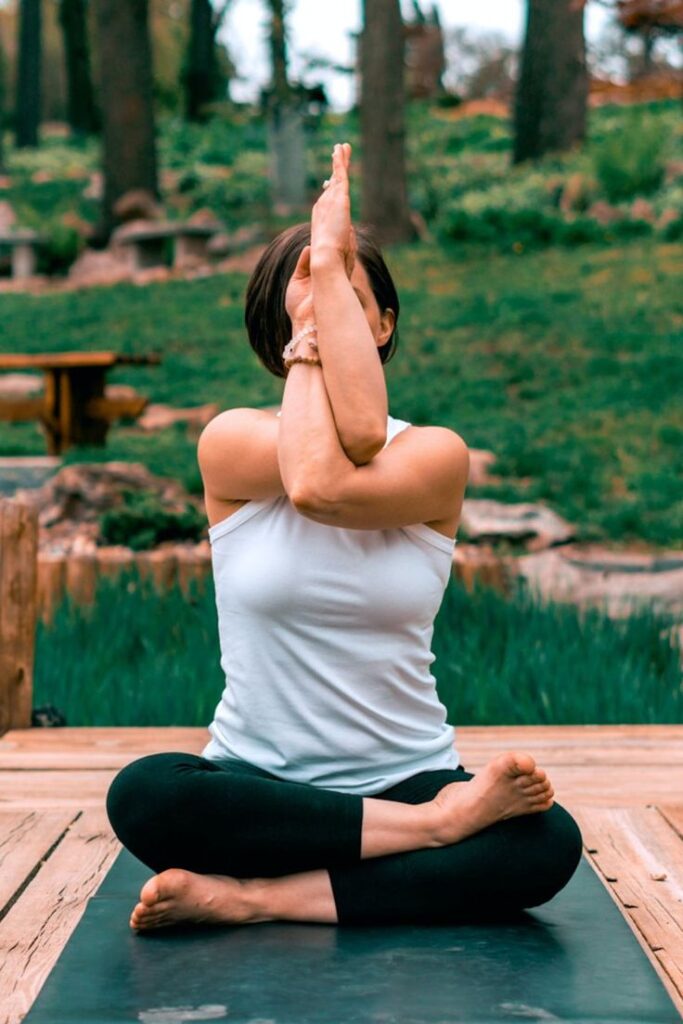
Yoga classes cultivate a feeling of camaraderie. Whether in a physical or virtual setting, the collective energy of a group practice is invigorating. I’ve formed enduring friendships in yoga studios, connected through shared sweat sessions and post-class refreshments.
Yoga for specific groups: customized advantages.
Yoga’s adaptability allows people of all ages, from children to the elderly, to participate and benefit from the practice. Here’s how it benefits specific groups.
Yoga for novices.
Are You a Beginner at Yoga? Begin with gentle styles like hatha or yin. They’re understanding and foster self-assurance. Websites like yoga with adriene provide accessible beginner-level classes that can be done from the comfort of your own home.
Yoga for athletes.
Yoga is utilized by athletes to enhance performance and avoid injuries. It improves flexibility and recovery, as demonstrated by professional athletes like LeBron James. Vinyasa styles are complementary to vigorous workout regimens.
Yoga for older adults.
Yoga has been proven to enhance balance and joint health in older adults, thereby decreasing the likelihood of falls. A study conducted in 2016 revealed that practicing yoga had a positive impact on the mobility of older adults. Chair yoga is an excellent low-impact alternative.
Yoga for mental health professionals.
Therapists frequently suggest practicing yoga to clients as it has a soothing impact on their well-being. It’s a supplementary practice to therapy, assisting clients in coping with stress and trauma. Restorative yoga is particularly beneficial in this situation.
Advantages and disadvantages of yoga: a fair assessment.
Yoga has its advantages and disadvantages. Here’s a brief summary to assist you in making a decision.
Cons::
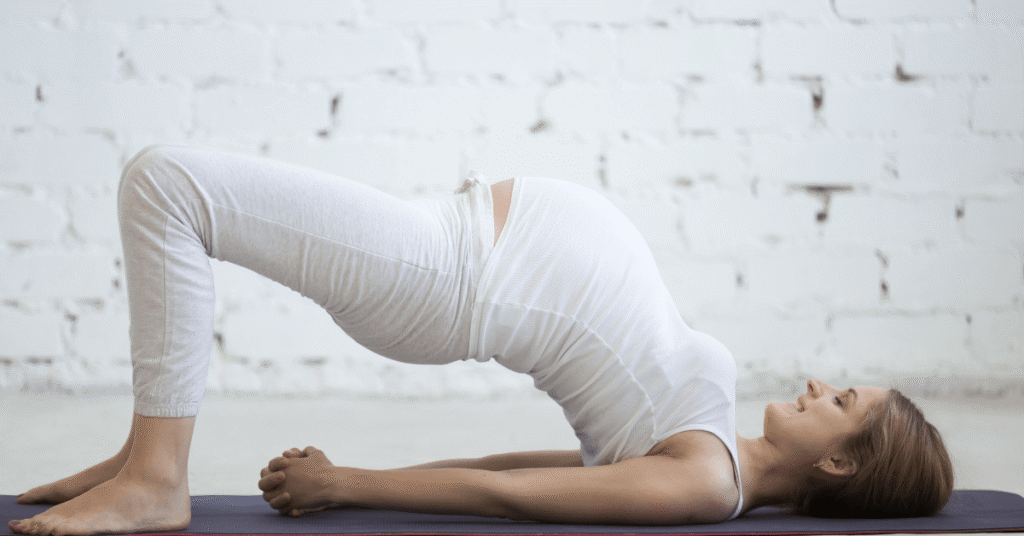
Enhances suppleness, power, and equilibrium.
Meditation can alleviate anxiety and improve cognitive function.
Suitable for people of all ages and physical capabilities.
Cost-effective/Affordable/Budget-friendly with access to free online resources.
Fosters connections and emotional strength.
Pros::
Consistency is necessary for noticeable results.
Some poses may harm you if you do them wrong.
Not a substitute for medical care.
Can be overwhelming for novices.
Contrasting yoga with other physical activities.
The type of exercise.
Advantages:
Negative Aspects.
Best for.
Yoga is a practice that involves physical, mental, and spiritual aspects. It can help improve one’s health, well-being, and happiness.
Integrative, enhances physical and mental wellbeing.
Decreased muscle mass.
Meditation, yoga.
Running is a great way to improve your physical and mental health. It can help you burn calories, strengthen your muscles, and boost your mood. Running can also reduce your risk of chronic diseases, such as diabetes, heart disease, and obesity. Running is a simple and effective way to stay fit and happy.
Calories Lost, Heart Health Improved.
High impact, joint stress.
Endurance, weight loss.
Weightlifting:
Gains muscle, power.
Potential harm, diminished concentration.
Muscle growth, strength.
Pilates:
Core Stability, Range of Motion.
Less religious concentration.
Core strength, alignment.
Yoga is renowned for its ability to harmonize the mind and body, making it an excellent choice for individuals who prioritize overall well-being. If you’re looking for a high-intensity workout, running might be the way to go, but yoga’s gentle approach makes it a sustainable choice for the long haul.
